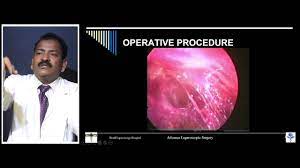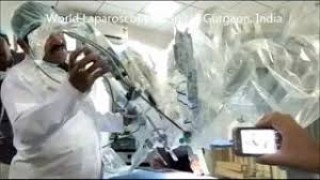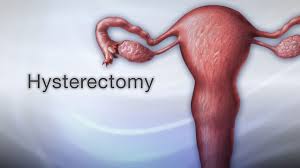Video of Laparoscopic Incisional Hernia With Massive Adhesion Laparoscopic Repair by Two Ports
Add to
Share
230 views
Report
1 month ago
Description
The differences between open and laparoscopic approaches lie in the accessibility and risks of the defect. In the open procedure, the abdominal wall is incised over the defect. Dissection of the surrounding tissue can lead to dehiscence. When large incisions are made, a higher incidence of seromas, hematomas, and wound infections has been reported. Although technically challenging, laparoscopy can be used to evaluate other defects or even synchronous inguinal hernias. However, the laparoscopic approach has been criticized for failing to excise the hernia sac and restore the anatomy, resulting in a bulging abdomen and an abdominal wall that is mechanically unstable and allows for unapposed muscles. Furthermore, placing a mesh over the defect results in seroma formation in a large number of patients. Incisional abdominal wall hernia is a type of hernia in which abdominal tissue or organs protrude through an incompletely healed fascia or muscle of an incisional area of the abdomen due to increased intra-abdominal pressure. A common complication after abdominal surgery, with a rate of approximately 2–18%, its occurrence is associated with wound infection, surgical mishandling, increased intra-abdominal pressure, and smoking, malnutrition, jaundice, obesity, steroid use, and other systemic factors such as depressed immunity. The likelihood of developing an incisional abdominal hernia is significantly higher for longitudinal incisions compared to transverse incisions. Appropriate treatment is recommended (non-surgical/surgical treatment) (1,2) as incisional abdominal wall hernias will not heal spontaneously.
Similar Videos






